In the land of plenty, the United States is currently experiencing a passionate love affair with protein. A simple stroll through any major supermarket reveals aisles filled with food products proudly flaunting their protein content. From protein bars and shakes to high-protein cereals and snacks, it seems as if the entire nation is on a quest to consume as much protein as possible. But is this obsession with protein truly warranted? And how much protein do we really need?
Protein, along with carbohydrates and fats, is one of the three macronutrients that form the cornerstone of our diet. It is unique among these macronutrients because it is the only one that supplies us with amino acids, the building blocks of life. These amino acids play a crucial role in numerous bodily functions, including muscle growth and repair, hormone production, immune system support, and even maintaining healthy skin, hair, and nails. While our bodies can synthesize some amino acids, there are others that we must obtain through our diet. This is where dietary protein comes into play.
So, what is the optimal amount of protein that we should be consuming? The answer, as it turns out, is far from simple. The United States Recommended Dietary Allowance (RDA) for protein is set at 0.8 grams per kilogram of body weight (or 0.36 grams per pound) per day for adults aged 18 and older. For a 150-pound person, this translates to about 54 grams of protein per day, while a 200-pound individual would need around 72 grams. Established jointly by the US Department of Agriculture and the US Department of Health and Human Services, the RDA represents the minimum amount of protein required for a relatively sedentary person to meet their basic bodily needs.
However, the RDA is just one piece of the puzzle. There is also the Acceptable Macronutrient Distribution Range (AMDR), developed by the National Academies of Sciences, Engineering, and Medicine. This range suggests that protein should make up between 10% and 35% of the total calories in an adult’s diet. The number of calories an individual needs per day varies based on factors such as age, sex, weight, and activity level. This means that there is no one-size-fits-all answer when it comes to protein intake.
Despite the complexity of these guidelines, the reality is that most Americans are already consuming more than enough protein. In fact, many are consuming twice the recommended amount. Yet, the protein craze shows no signs of slowing down. Influencers and health gurus often promote high-protein diets, suggesting that more is always better. Dr. Tim Spector, a genetic epidemiologist and researcher at King’s College London, has observed this trend firsthand. “I was in L.A., and I did some interviews there,” he told Chief Medical Correspondent Dr. Sanjay Gupta in a recent episode of the podcast *Chasing Life*. “Nine out of 10 people I asked, ‘What did you have for breakfast?’ — it was raw eggs, protein bars, or protein smoothies. It was amazing.”
Spector, who is also the founder of one of the world’s largest twins registries, TWINS UK, and the author of several best-selling books, including *Food for Life: The New Science of Eating Well*, believes that this obsession with protein is somewhat misguided. “They’ve been sort of brainwashed into thinking that they have to load up on protein because they’re somehow deficient and they’re not going to be lean and have a six-pack and be running marathons (if they don’t),” he said.
Spector is not anti-protein by any means. In fact, he acknowledges that protein is essential, particularly plant-based protein. “In general, protein is pretty good, particularly if it’s plant protein — but there’s nothing wrong with meat protein in moderation,” he said. The key, according to Spector, is to consider what protein is replacing in our diets. “We need to start thinking much more holistically,” he emphasized.
Studies have shown that most Americans are not protein deficient. In fact, the majority are consuming more than enough. “There might be a few exceptions out there, but most people are already getting twice the amount,” Spector noted. “Yet 90% of Americans are deficient in fiber.” This highlights a critical imbalance in the American diet, where the focus on protein has overshadowed the importance of other essential nutrients.
Spector believes that certain groups may require a bit more protein, such as older adults, individuals going through menopause, those recovering from serious illness, and people with highly restrictive diets. Additionally, athletes who are “training incredibly hard” may also benefit from increased protein intake. However, for the rest of the population, the current levels of protein consumption are more than sufficient.
But what if you do find that you need to increase your protein intake? How can you do so without relying on highly processed, sweetened powders and snack bars? Spector offers five top tips for incorporating high-quality protein into your diet while also benefiting from other important nutrients.
1. Embrace the Power of Beans
Beans are often overlooked but are incredibly nutritious. “They come in many forms — black, pinto, broad, kidney, and more — but they never get the attention they deserve,” Spector said. Beans are not only excellent sources of plant-based protein but also rich in fiber and other healthy plant compounds like polyphenols. “Load up on the three-bean salad or bean burrito,” he suggested. Beans are inexpensive, versatile, and, if bought dried, have an extremely long shelf life.
2. Whole Grains Are Your Friend
Whole grains, such as barley, brown rice, buckwheat, bulgur, corn, millet, oats, quinoa, rye, and whole wheat, are often underestimated. “Whole grains are good for a wide range of reasons,” Spector explained. “They are a great source of fiber and include a wide range of micronutrients. They’re also much higher in protein than people expect.” For instance, oats contain 11 grams of protein per 100 grams, compared to 13 grams per 100 grams for eggs. Regularly consuming whole grains is associated with a reduced risk of many health conditions, including heart disease and type 2 diabetes. An easy way to incorporate more whole grains into your diet is to swap refined grain products, such as white rice, pasta, and bread, for their whole-grain counterparts.
3. Rethink Your Meat Consumption
While meat is undeniably a great source of protein, consuming too much of it, especially red and processed meats, can have negative health implications. “For your health and the health of the planet, it’s best to reduce your meat intake,” Spector advised. He acknowledged that some people worry about missing out on specific amino acids by relying solely on plant-based proteins. However, he explained that each plant source of protein has a unique amino acid profile. “By consuming a wide variety of plants, you will naturally take in all the amino acids you need,” he said. Spector suggested replacing half of the meat in your stews, chilis, or soups with lentils, beans, tofu, or tempeh. Alternatively, consider having one or two vegetarian or pescetarian days each week. When you do eat meat, choose high-quality products and opt for leaner cuts.
4. Go Nuts for Nuts and Seeds
Despite their relatively high fat content, nuts and seeds are incredibly healthy. “They contain healthy unsaturated fats, like monounsaturated and polyunsaturated fats, which support good health,” Spector said. Additionally, they are excellent sources of plant-based protein and a wide range of vitamins and minerals. If you are not a fan of eating nuts and seeds on their own, Spector suggested sprinkling them on various dishes, both savory and sweet, to add extra texture and flavor. Consider adding them to your yogurt parfait, salad, or stew. Peanut butter is also a good choice, but Spector advised finding a product with as few ingredients as possible and no added sugar or salt.
5. Discover the Versatility of Soy
Soy is one of the few complete proteins in the plant world, making it an excellent addition to any diet. “It’s also incredibly versatile and can easily be incorporated into meals,” Spector said. Consider adding tofu, tempeh, or edamame to the dishes you already love. Soy products not only contain fiber but are also rich in vitamins and minerals. When it comes to protein, Spector emphasized the importance of quality over quantity. “Focus on plants, and ignore products that claim to be high in protein, because they’re probably also high in salt, sugar, and other additives your body doesn’t need,” he said.
In conclusion, while protein is undoubtedly essential for our health, the current obsession with high-protein diets in the United States may be doing more harm than good. Most people are already consuming more than enough protein, yet many are deficient in other crucial nutrients like fiber. By focusing on a balanced diet that includes a variety of plant-based proteins, whole grains, nuts, seeds, and soy, we can ensure that we are meeting our nutritional needs without overdoing it on protein. As Dr. Tim Spector wisely advises, it’s time to start thinking more holistically about our diets and prioritize quality over quantity.
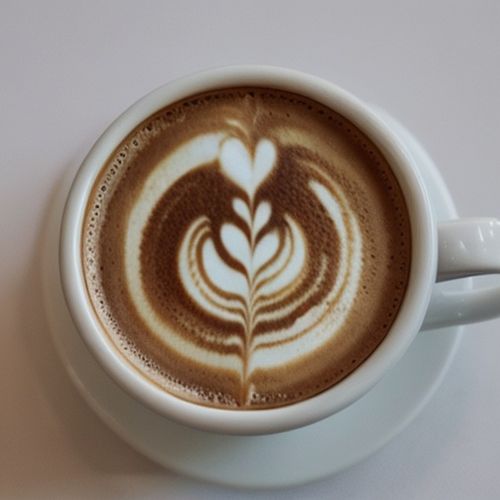
By Olivia Reed/Apr 24, 2025
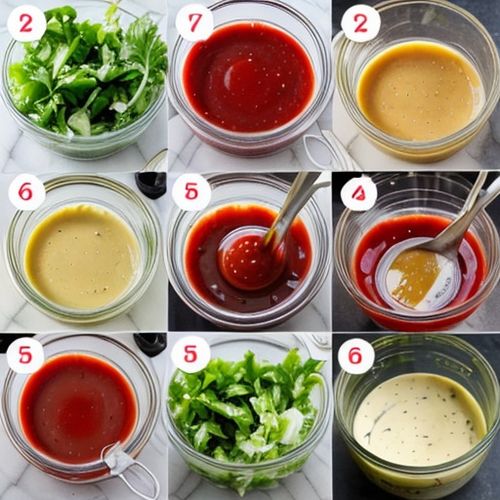
By Victoria Gonzalez/Apr 24, 2025
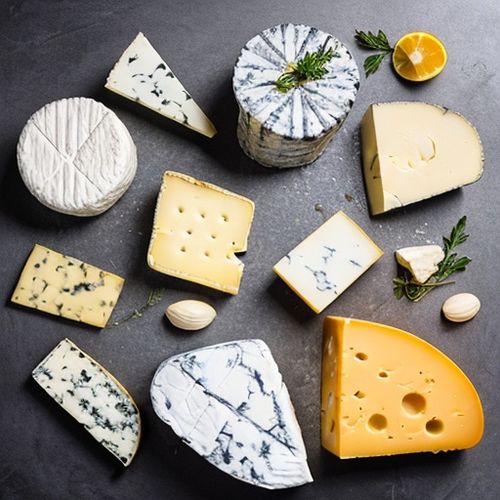
By Sophia Lewis/Apr 24, 2025
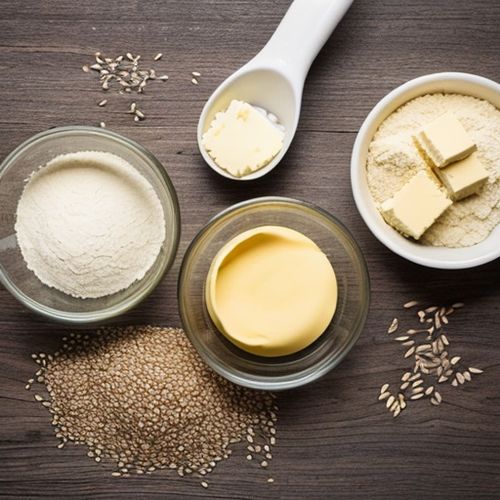
By William Miller/Apr 24, 2025
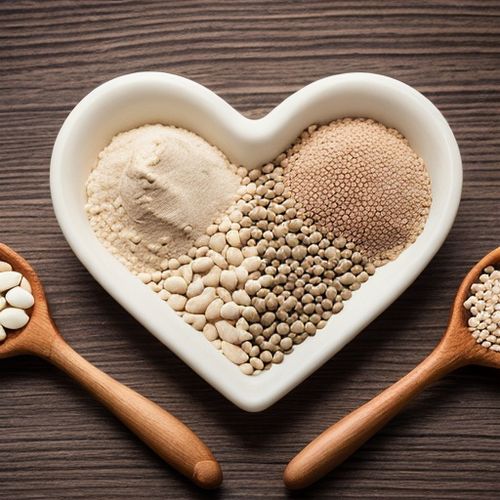
By Olivia Reed/Apr 24, 2025

By Laura Wilson/Apr 24, 2025

By Victoria Gonzalez/Apr 24, 2025
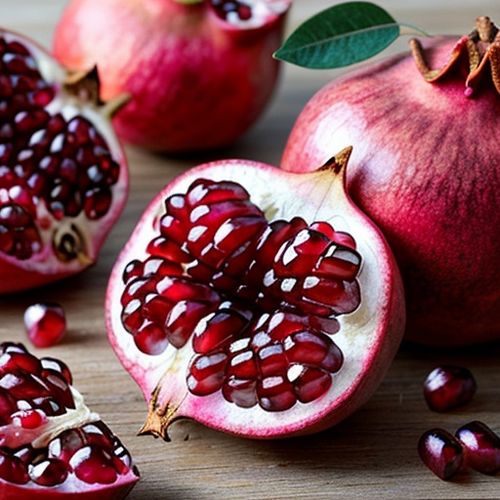
By Natalie Campbell/Apr 24, 2025
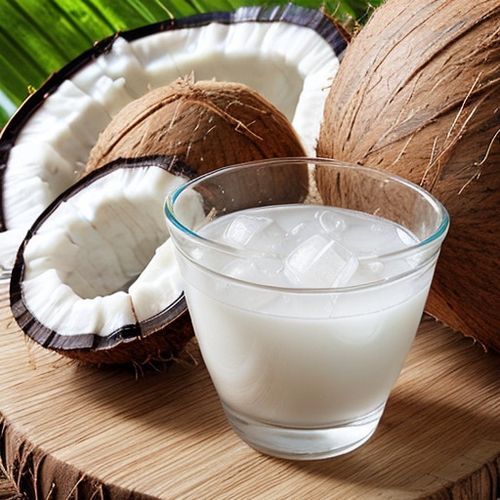
By Jessica Lee/Apr 24, 2025
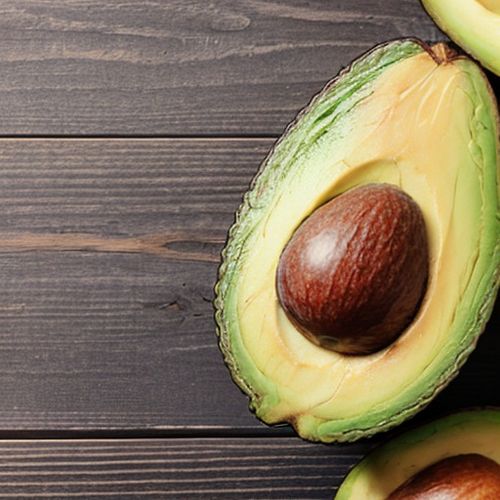
By Rebecca Stewart/Apr 24, 2025
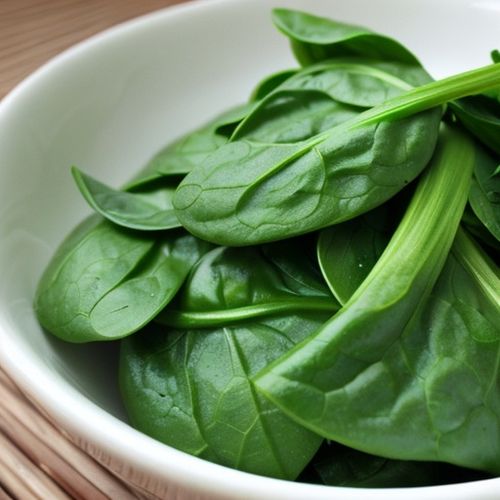
By George Bailey/Apr 24, 2025

By Elizabeth Taylor/Apr 24, 2025

By Thomas Roberts/Apr 24, 2025
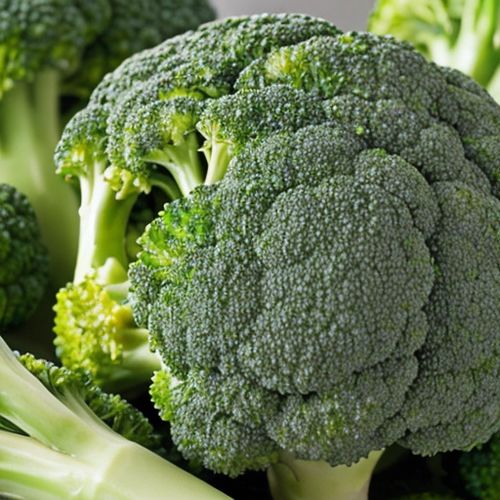
By Laura Wilson/Apr 24, 2025
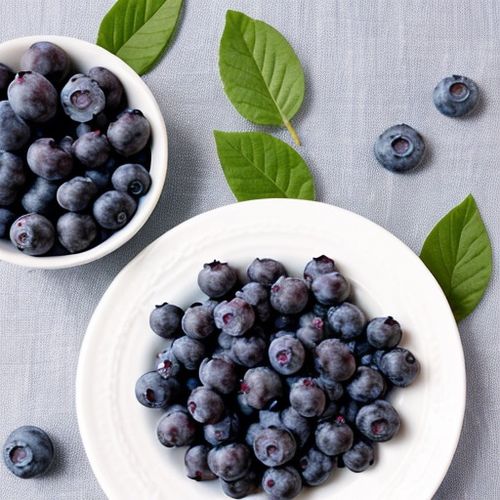
By Samuel Cooper/Apr 24, 2025

By Lily Simpson/Jan 13, 2025

By Christopher Harris/Dec 20, 2024

By Samuel Cooper/Dec 20, 2024